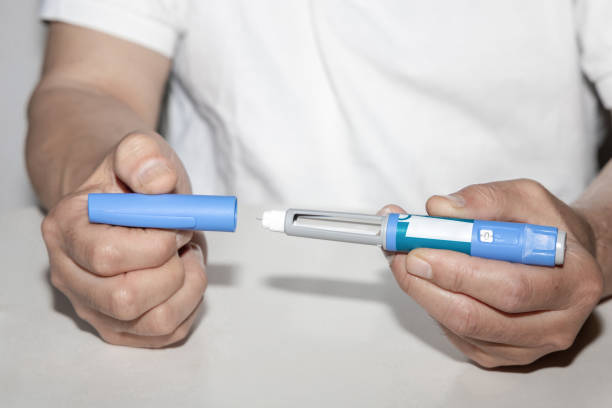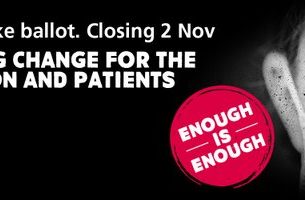Novo Nordisk has announced that U.S. patients can now purchase a month’s supply of Ozempic, a widely prescribed diabetes medication, for $499 if they pay out-of-pocket, bypassing insurance coverage. Previously, the drug’s list price approached $1,000 per month, making it financially burdensome for many patients. This initiative aligns with broader calls from policymakers, including former President Donald Trump, to lower prescription drug costs, especially for high-demand GLP-1 medications used to manage diabetes and aid in weight loss.
Through its direct-to-consumer NovoCare Pharmacy, Novo Nordisk can now ship Ozempic directly to self-paying patients, eliminating the need for insurance and pharmacy intermediaries. Earlier this year, the company launched the same program for Wegovy, its popular weight-loss drug, offering the medication at the same $499 monthly rate for self-pay patients. Competitors, such as Eli Lilly, have also reduced prices for their GLP-1 medications, including Zepbound, for those who pay out-of-pocket.
This step comes as concerns grow over the significant price disparities of these drugs between the United States and other countries. While high costs have long limited access for American patients, Novo Nordisk’s program provides a more affordable and convenient option for those needing essential treatment.
Expanded Access and Safety Focus
The discounted Ozempic is not limited to NovoCare Pharmacy; it is also available through the company’s website and via partnerships with platforms like GoodRx, which offer prescription discounts across numerous pharmacies nationwide. Patients with a valid prescription can now access these lower prices, improving availability for individuals who might otherwise struggle to afford the medication.
While insurance often covers Ozempic for diabetes treatment, Novo Nordisk aims to reach patients who lack coverage or face steep out-of-pocket expenses. Dave Moore, executive vice president of Novo Nordisk U.S. operations, highlighted the importance of ensuring patient safety: “If even one patient turns to unsafe, unapproved alternatives because of cost, that’s one too many.” This approach underscores the dual focus on affordability and protecting patients from potentially risky substitutes.
Compounded versions of semaglutide-based medications, sometimes made by specialized pharmacies during shortages, have affected the sales of these drugs. Even though the FDA has removed Ozempic, Wegovy, and Eli Lilly’s GLP-1 medications from the shortage list, compounded alternatives remain available in certain areas. By offering direct-to-consumer, lower-cost options, Novo Nordisk aims to reduce reliance on these unregulated products while ensuring patients continue receiving FDA-approved treatments.
As high prescription costs remain a pressing concern for many Americans, Novo Nordisk’s initiative may signal a shift toward greater affordability and direct access to essential medications. For patients reliant on life-sustaining drugs like Ozempic, this program represents a significant step in making treatment more attainable and safe.




